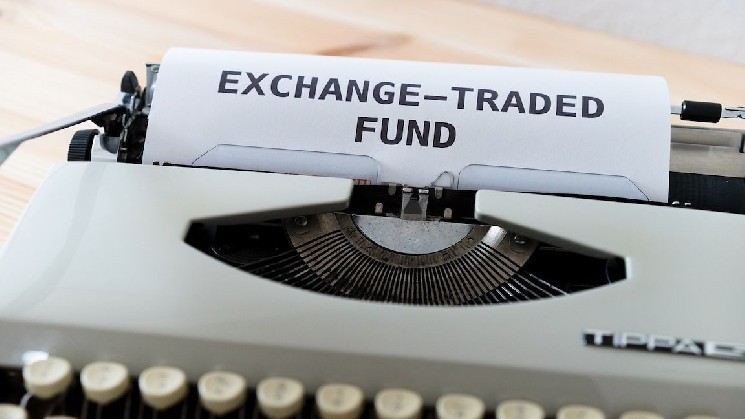Monetary Policy Task Force Examines Treasury Market Fragilities | U.S. House Committee on Financial Services
Today, House Committee on Financial Services Task Force on Monetary Policy, Treasury Market Resilience, and Economic Prosperity, led by Chairman Frank Lucas (OK-03), held a hearing examining why the Treasury Market experienced periods of volatility during April 2025. Members also discerned which regulatory changes could have helped enhance liquidity and mitigate the volatility seen in early April and in future episodes.
Watch today’s hearing online HERE.
Witnesses echoed their support for the work of the Committee.
“Most recently, the events that took place in April tested market functioning and prompted investors to question the resiliency of the market in the face of trade and policy uncertainty. Changes in trade policy prompted volatility across global asset prices that spilled over into uncertainty about the future direction of growth, inflation, interest rates, and the supply of Treasury debt. Although Treasury markets often act as a safe haven in times of stress, in April, investors again began selling their Treasury holdings, pushing up interest rates and testing Treasury market functioning. Measures of market liquidity – the ability to easily convert a Treasury security to cash – deteriorated measurably. ...As uncertainty eased, Treasury market functioning improved and funding market pressures lifted, but the events serve as a reminder that the continued safety and liquidity of the Treasury market are essential to its functioning."
“For U.S. Treasuries to remain the world’s preferred safe-haven asset and the anchor of dollar dominance, the intermediation capacity of the Treasury market must be greatly expanded. Although there is no silver bullet for achieving this, regulators should fix the bank capital regulation known as the Supplementary Leverage Ratio (SLR), encourage (although not mandate) the emergence of all-to-all trade in the Treasury market, further exploit the Treasury Department’s Buyback program, and ensure that the Federal Reserve's last-resort purchases of Treasuries to maintain market functionality are clearly separated from the Fed’s other asset purchases. To my understanding, Treasury market regulators already have sufficient authorities from Congress to address these objectives. ...Dollar dominance is part and parcel with a deep and liquid Treasury market. U.S. Treasury securities are, by far, the first choice of safe-haven investors around the world. ...Improvements in Treasury market structure and regulation can increase the resilience of the Treasury market to future crises."
“There isn't a single rule or change that will suddenly and permanently increase Treasury market liquidity, and these rules aren't confined to dealers or banks; they also include mutual-fund liquidity rules, central counter-party margin requirements, and insurance company regulations, among many others. Among these, changes to bank capital rules may have the lowest barriers to amend. Many bank capital regulations were implemented following the 2007-2009 Global Financial Crisis, some of which work at odds with each other. These rules seem to have incentivized some of the largest banks to maximize capital utilization, leaving little room to expand market-making operations or provide leverage to clients like hedge funds, which might otherwise be willing to take advantage of relative-value opportunities amid volatility."










